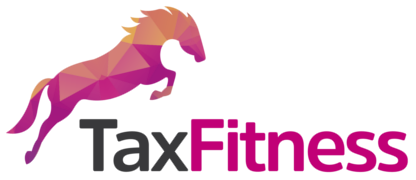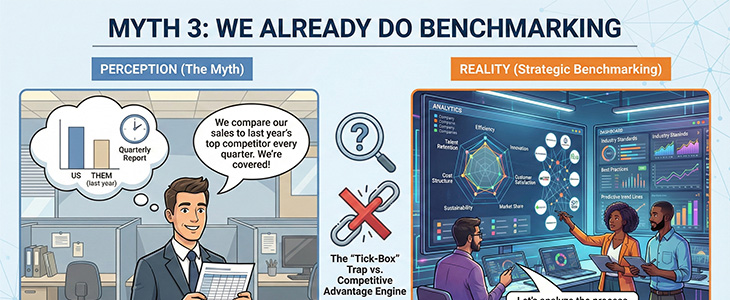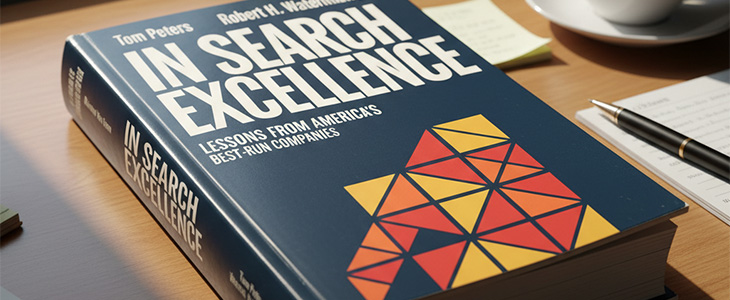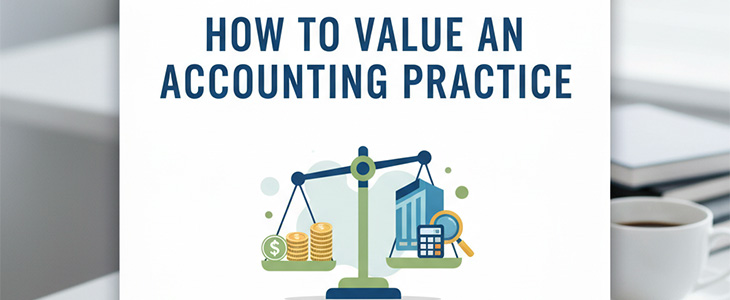I hear this every week from accountants. And here’s the truth: KPIs on their own are just numbers. They only become meaningful when compared to a higher standard. W. Edwards Deming said it best: “No process is ever good enough unless it is compared to a higher standard.” Most firms track KPIs in isolation: Gross…
Read More »Harvard’s Michael Porter is the godfather of strategy. Competitive advantage. Five forces. The value chain. Every accountant has heard the buzzwords… but here’s the uncomfortable truth: Most firms read Porter, nod wisely — and then keep giving clients average numbers. Porter would absolutely hate that. His whole message was simple: Competitive advantage happens when you break down the…
Read More »Accountants in public practice, commerce and government often miss legitimate deductions — or accidentally claim items the ATO regularly knocks back. Here’s a simple, practical breakdown you can share with clients or team members. Common Deductible Expenses Professional memberships & registrations CA ANZ, CPA, IPA, AAT, TPB — must relate to current employment. CPD, seminars…
Read More »We’ve just completed the Top 20% benchmark for Art Galleries, and the difference between average operators and the best in the industry is striking. The top performers blend curatorial skill with strong commercial discipline. They run a gallery like a business, not a passion project. Here’s what the best look like: Revenue: $700k–$1M COGS: 40–45% Wages: 10–20% Rent: 5–10% Net…
Read More »I revisited In Search of Excellence recently. Written in 1982, but the core message still cuts through: Stop comparing yourself to the average. Look at what the best are doing — and learn from them. Peters pushed leaders to ask better questions: Who’s winning? What are they doing differently? What can we apply? That mindset helped…
Read More »Accounting practices in Australia are most often valued using a multiple of maintainable earnings (EBIT or EBITDA) — with goodwill making up 70–90% of the total value. 1. The Core Method: Earnings Multiple Example: EBITDA $500,000 × 4x multiple = $2.0 million value Practice Type EBITDA Multiple Small suburban (1–2 partners) 2.0x – 3.0x Medium-sized (advisory mix) 3.0x – 4.0x…
Read More »In the 1990s, Michael Hammer challenged the business world with Business Process Reengineering (BPR) — the idea that incremental improvement wasn’t enough. He argued that to stay competitive, organisations had to redesign their processes from the ground up. Simply automating old workflows wasn’t transformation — it was entrenching inefficiency. Hammer’s insight: “Don’t automate. Obliterate.” At the heart of his…
Read More »“My clients won’t be interested in benchmarking.” Let’s be honest, that’s what most accountants think. The truth? Clients are very interested once they see what benchmarking actually means for their bottom line. Most business owners have never seen how they stack up against the top 20% in their industry. But once they do, it flips a switch.…
Read More »We’re expanding the power of TaxFitness again. Our new Business Valuations Database is now live in early access — covering 80 industries today and growing to 400+ industries over the next month. Accountants can now generate indicative business valuations instantly by industry, providing a powerful new way to: Benchmark a client’s business value in seconds…
Read More »When people talk about quality, they often mention W. Edwards Deming. But Joseph M. Juran deserves equal credit and perhaps more relevance for accountants today. Juran’s idea of “fitness for use” reminds us that only the customer decides whether our work truly adds value. Reports, systems, and advice mean little if clients don’t find them useful. He also gave…
Read More »"You’d be stupid not to try to cut your tax bill and those that don’t are stupid in business"
- Bono: U2














